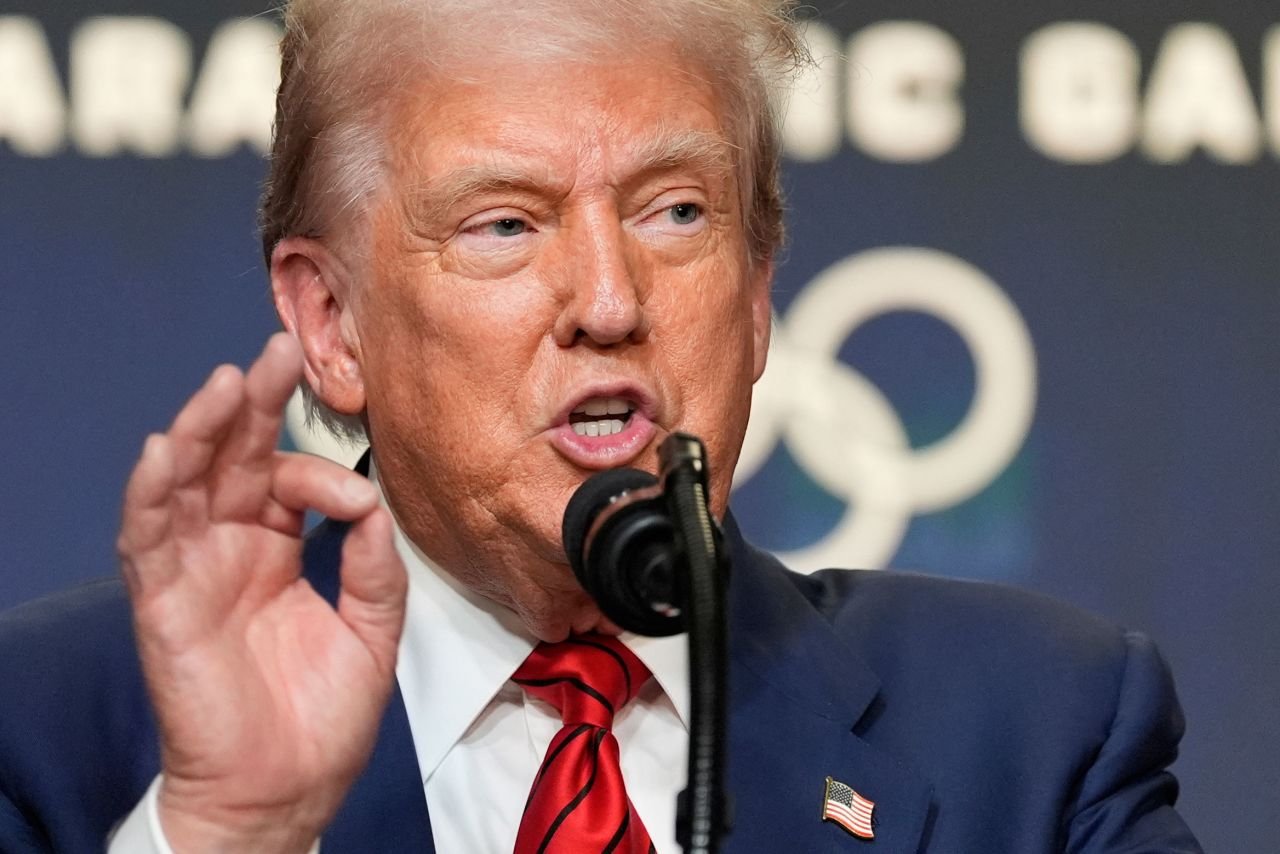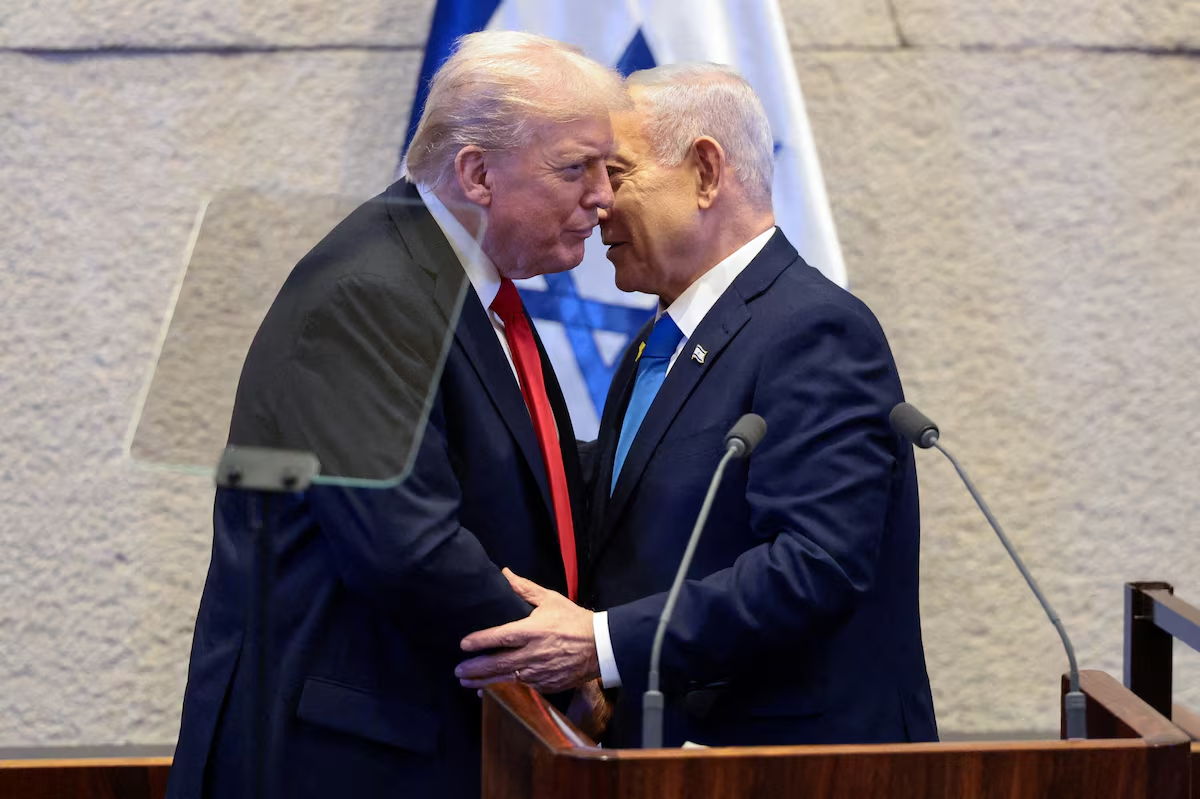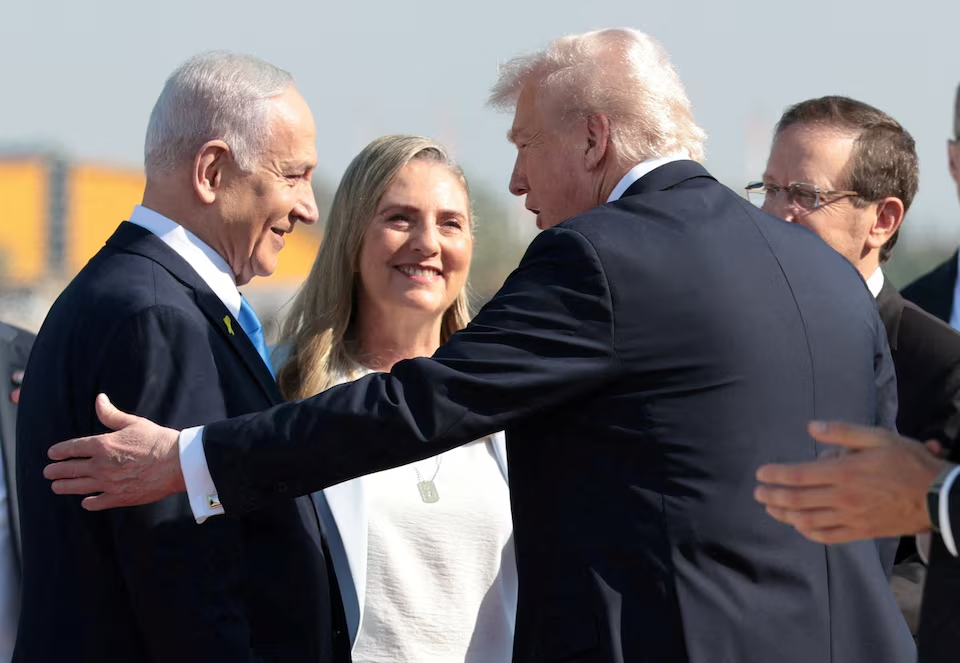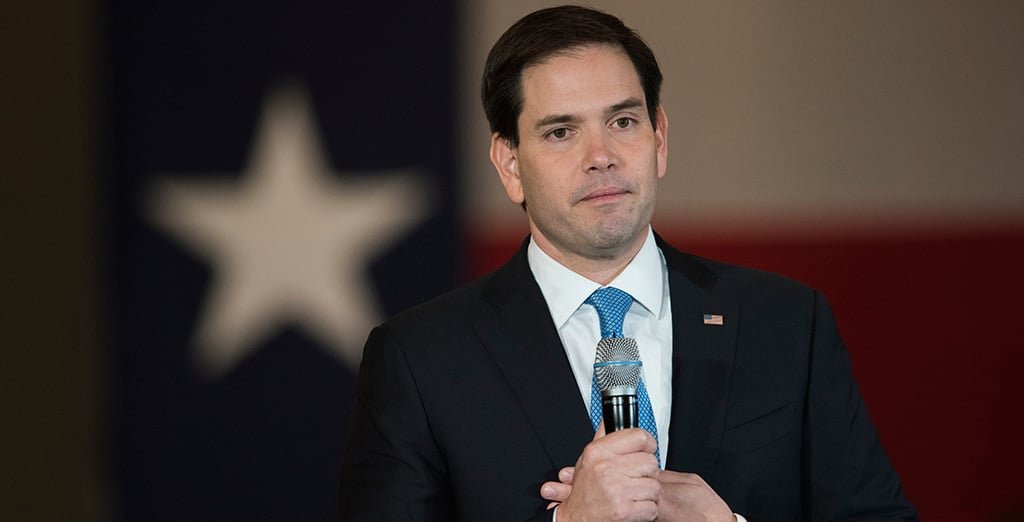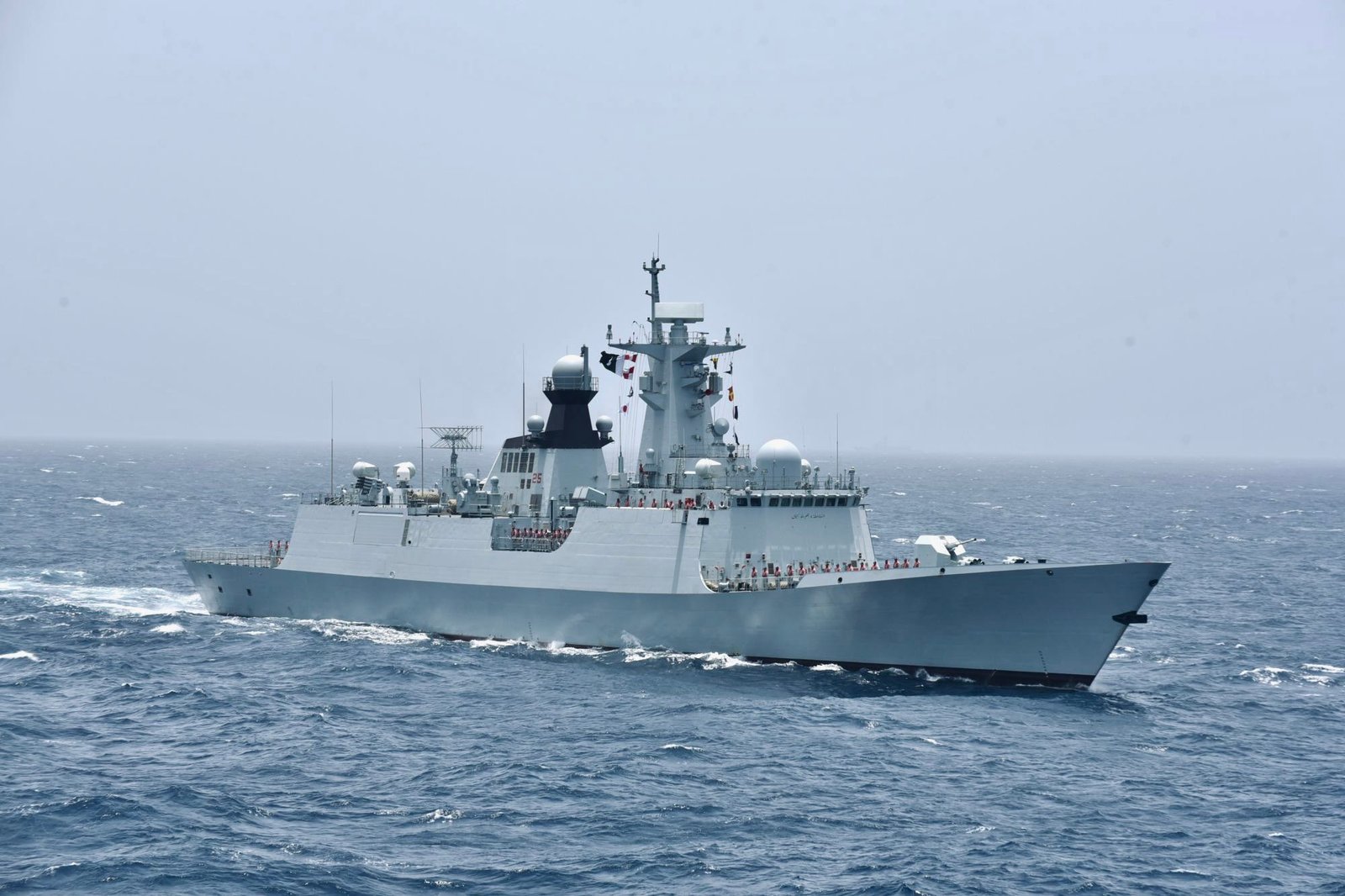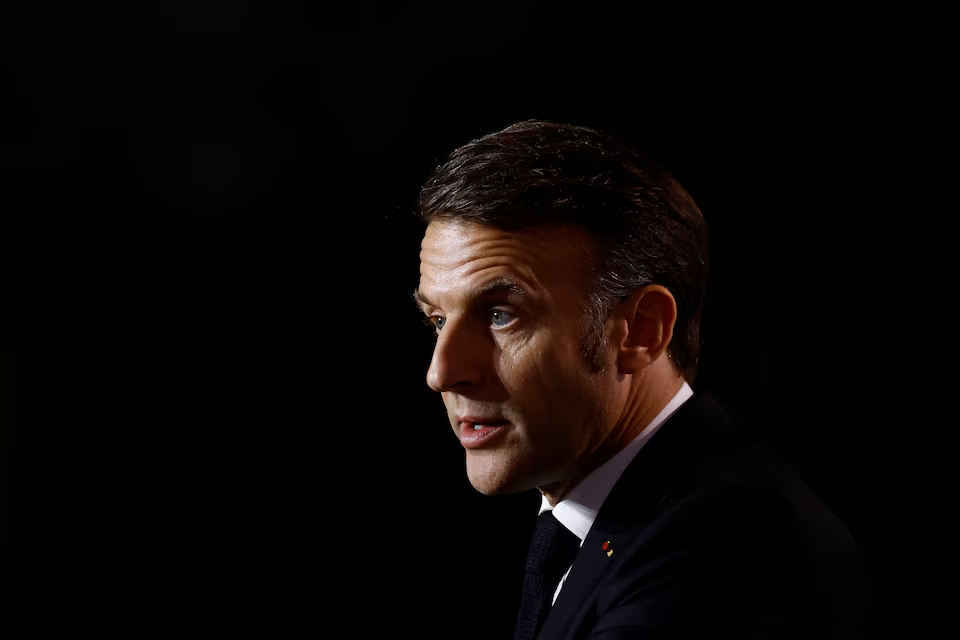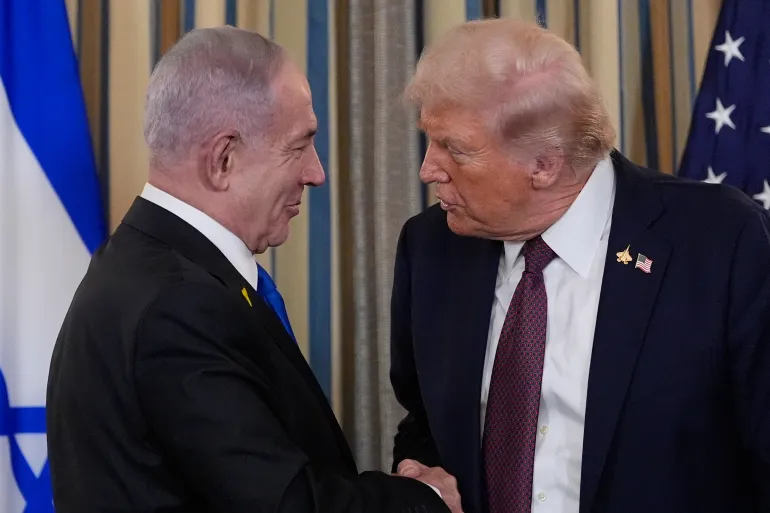Trump Reshapes Global Trade with Bold Tariff Strategy — And He’s Far from Finished
The new tariffs, which came into effect just after midnight, mark a significant shift in U.S. trade policy, replacing decades of multilateral agreements with aggressive, sector-focused levies. Trump, now increasingly emboldened by recent political momentum and what his aides describe as “undeniable results,” appears determined to expand this approach further.
Trump Reshapes Global Trade with Bold Tariff Strategy — And He’s Far from Finished
President Donald Trump has taken a major step toward redefining the global trading order with the rollout of a sweeping tariff regime that reflects his long-standing vision of “reciprocal” trade.
The new tariffs, which came into effect just after midnight, mark a significant shift in U.S. trade policy, replacing decades of multilateral agreements with aggressive, sector-focused levies. Trump, now increasingly emboldened by recent political momentum and what his aides describe as “undeniable results,” appears determined to expand this approach further.
“Tariffs are Trump’s Swiss Army Knife,” a senior official told CNN. “Every problem he sees – economic, political, or diplomatic – he believes tariffs can fix. And so far, he thinks he’s been proven right.”
Under the new structure, the U.S. has imposed bilateral trade frameworks involving countries that account for nearly 60% of global GDP. Active tariffs are now in place on steel, aluminum, copper, and automotive sectors, including parts and components.
More dramatic moves are on the horizon. New levies targeting semiconductors, pharmaceuticals, lumber, aircraft, critical minerals, polysilicon, and trucks are expected in the coming weeks. Trump recently announced plans to raise tariffs on semiconductors to roughly 100%, with pharmaceutical tariffs potentially going as high as 250%.
While the Trump administration views this aggressive tariff strategy as a success, many business leaders, foreign governments, and economists express deep concerns. They point to rising supply chain costs, market volatility, and the risk of retaliatory actions from key trading partners.
Nevertheless, Trump’s confidence remains unwavering. As one advisor described it, “What started as a tool has now become a doctrine.”
If this trajectory continues, Trump could cement a fundamentally new structure for global commerce—one shaped not by negotiation and cooperation, but by unilateral economic power plays.


